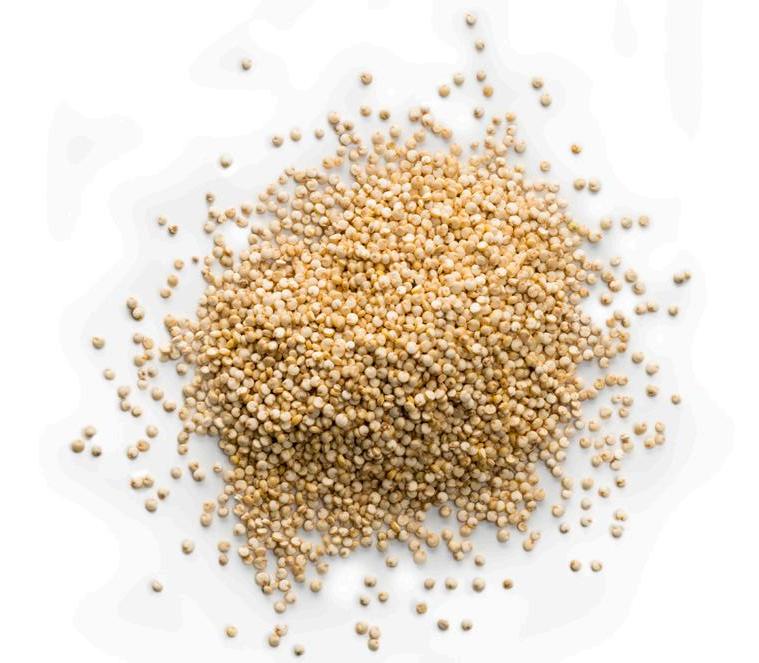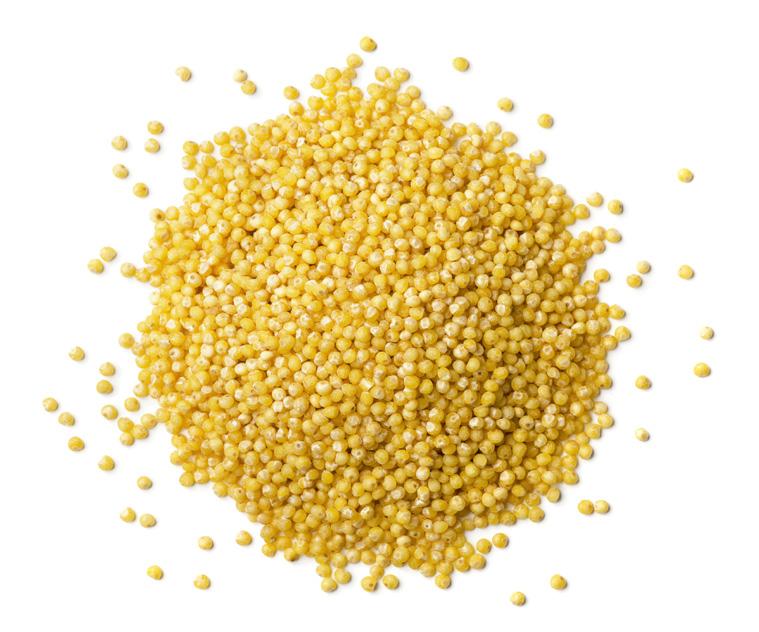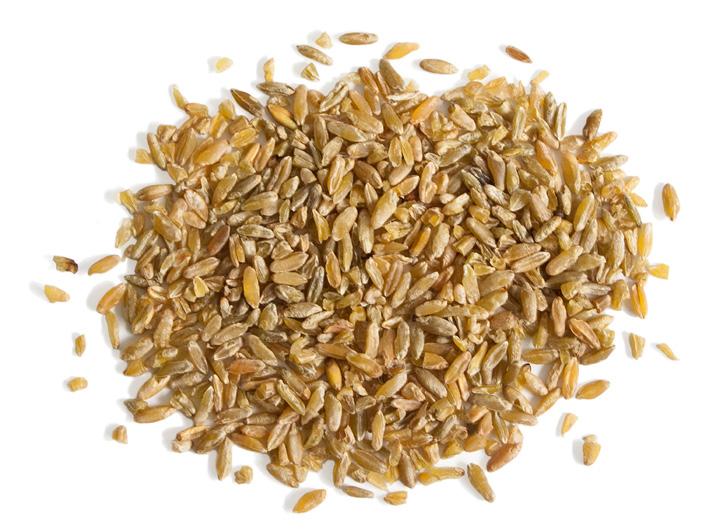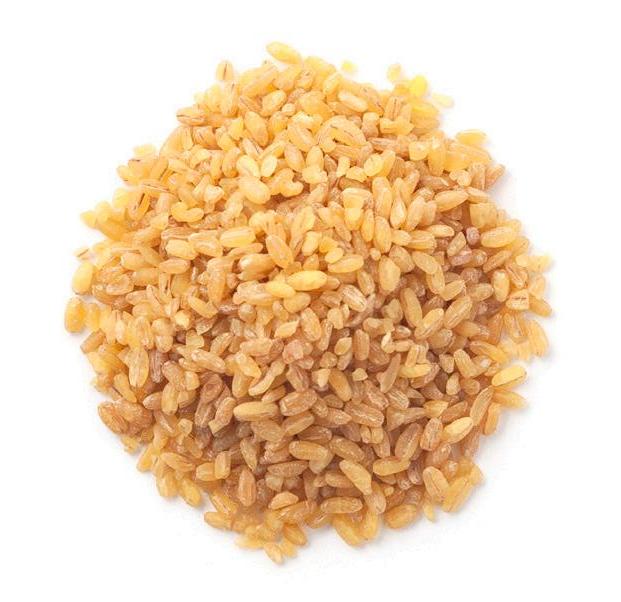
2 minute read
Good-for-you grains
As the temperature cools, and autumn transitions us into winter, we begin to crave more wholesome and comforting foods. So, it’s time to get to grips with grains – nourishing, filling, nutrition‑dense food that’s easy to find and simple to cook.
OATS
Advertisement

This popular flaked grain is high in nutritional value, especially fibre, magnesium and zinc. The less processed varieties (oat groats or steel‑ cut oats) have a lower GI.
Make: Cook oats, or soak overnight, for a heart‑ healthy breakfast, topped with fruit, seeds and even a topping of Greek yogurt. Or grind oats to a flour for baking, or replace rice in your risotto with groats or steel‑cut oats.
QUINOA

Pronounced “keen‑wa”, this seed of an edible flour has become a widely used wheat‑free alternative to starchy grains. It has a low GI, high protein content, and is a good source of B vitamins, calcium, magnesium and manganese. The seeds become fluffy but retain a slight crunch when cooked.
Make: Cook quinoa and add to a salad, or use in place of rice or couscous in a range of dishes.
BUCKWHEAT

Buckwheat seeds are dark brown, almost triangular in shape, and is known as a ‘pseudocereal’ – seeds that are consumed as cereal grains but don’t grow on grasses. It is a good source of protein, fibre, and energy, and is gluten free, making it a great nutritional source for people with coeliac disease or gluten intolerances.
Make: Buckwheat porridge for breakfast, add to a salad or stir‑fry, or use buckwheat flour for baking muffins.
MILLET

Small and pearl‑shaped, millet has a mild and slightly nutty flavour. It is a good source of dietary fibre, and rich in protein, vitamins and minerals. It has a low GI and is gluten free.
Make: Use fluffy millet (toasted and then boiled) as a rice‑like side dish, or grind before boiling to create a creamy texture for a porridge or polenta substitute. You can also use millet flour in baking, especially biscuits.
FREEKEH

Freekeh (pronounced “free‑ka”) is a high‑fibre, high‑protein grain made from fire‑roasting the heads of wheat to tenderise it and give it a smoky flavour. Young grains retain more nutrition. It’s a good protein and fibre source, is low GI, and packs a significant dose of B vitamins.
Make: Boil freekeh for use as a rice substitute, to throw into salads, or eat with roasted veggies. It also makes a great addition to soups and stews.
BULGUR

Bulgur is a cereal grain made from wholewheat that is partially boiled then dried. It’s healthy and quick to cook. Best known as an ingredient of the Middle Eastern lemony salad tabbouleh, it’s a cholesterol free, high‑fibre, low‑fat, low‑ calorie and versatile grain which also contains a healthy dose of manganese.
Make: Use bulgur to invigorate a salad, use as an alternative base for a pilaf, or as binding for home‑made delights such as croquettes or patties.






